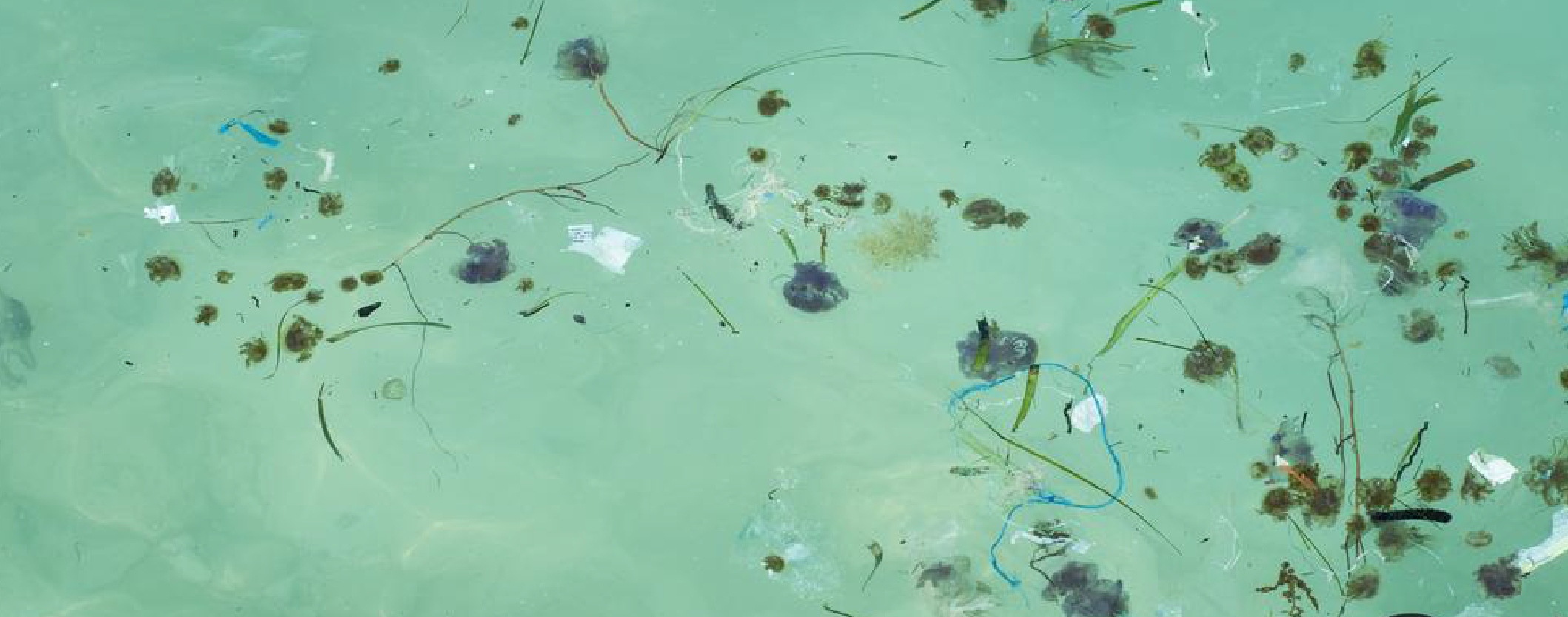Washing your clothes in cold water is a helpful stopgap solution to reducing microfibres, as industry grapples with how to get microplastics and microfibres out of our waste stream.
You may never get to the Arctic, but there’s a good chance your clothing will. This is the grim new finding from a study on microfibres by University of Toronto scientist Chelsea Rochman. Rochman’s study, along with many others, show that microplastics and microfibres are making their way to the furthest reaches of the globe, with little flecks of blue denim showing up in places where they most certainly did not originate.
While there’s some research on the impact of microplastics on zooplankton, as well as on the effect of microplastics on bottom-dwelling organisms, there’s so much more that we don’t know. How do these microfragments affect the ecosystem? What’s their effect on human health?
Even though there’s a lot we don’t know, we can take action to diminish the amount of microfibres produced when we launder our clothes right now. A recent study published in the scientific journal PLOS ONE and funded by Proctor & Gamble, found that small changes in the way we launder can drastically reduce the amount of microfibres released through washing.
Washing clothes in colder water for shorter periods of time reduced microfibre release by about 30%. The spillover benefits include clothes that stay whiter, colours that don’t fade as much, reduced energy costs and, most importantly, a huge reduction in energy usage. And yet we know that even with large-scale intervention, people persist in washing their clothes in hot water. Many people just can’t wrap their heads around the idea that their whites don’t need warm water. Perhaps the visualization of our denim discards floating alongside icebergs will finally bring us over to the cold.

Be sure to follow our social channels for more daily tips & resources on how you can bring down carbon emissions.
Instagram: @fairpathforward
Facebook: Fair Path Forward





leave a comment